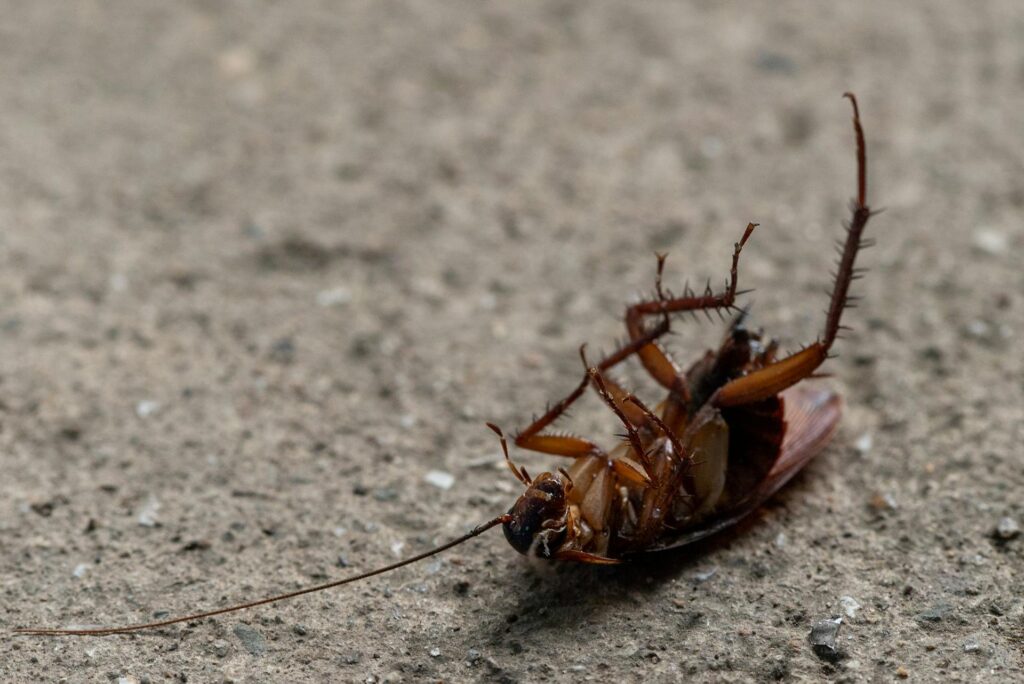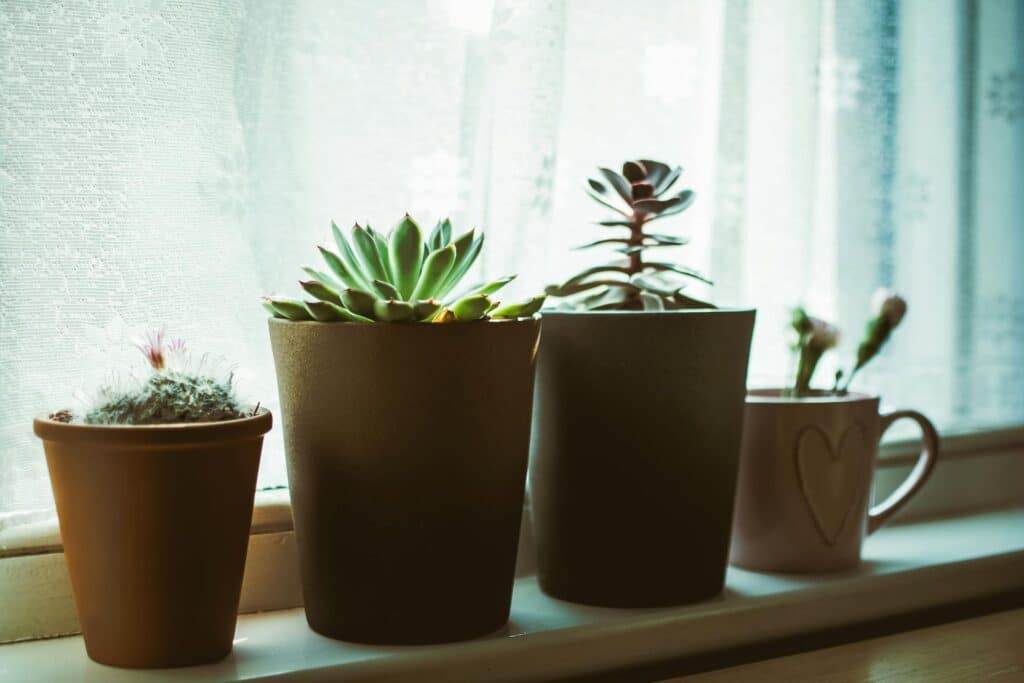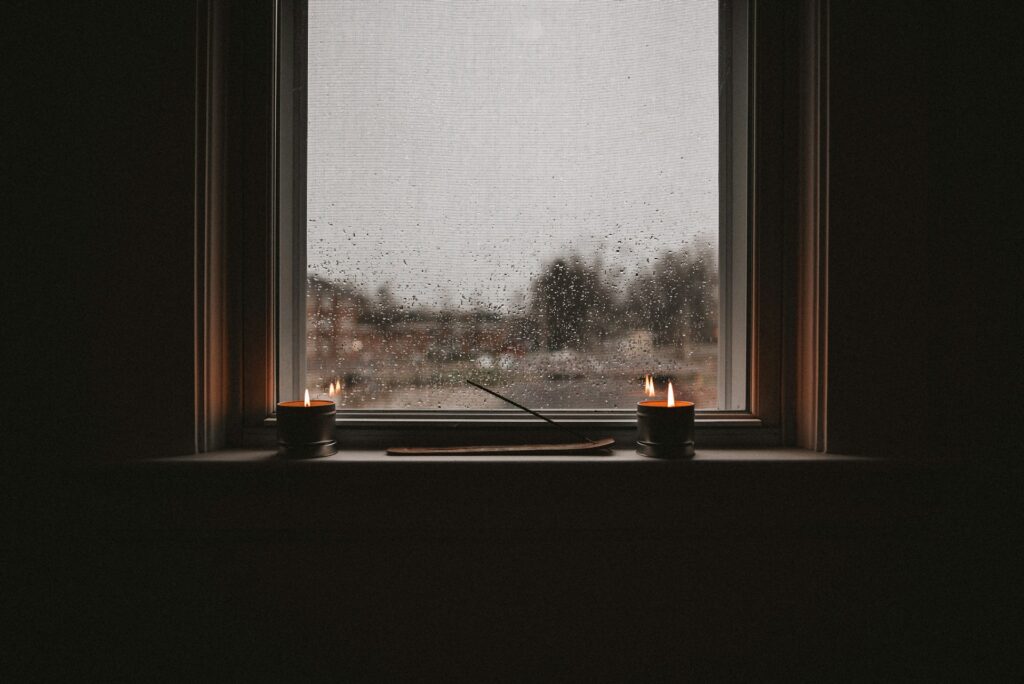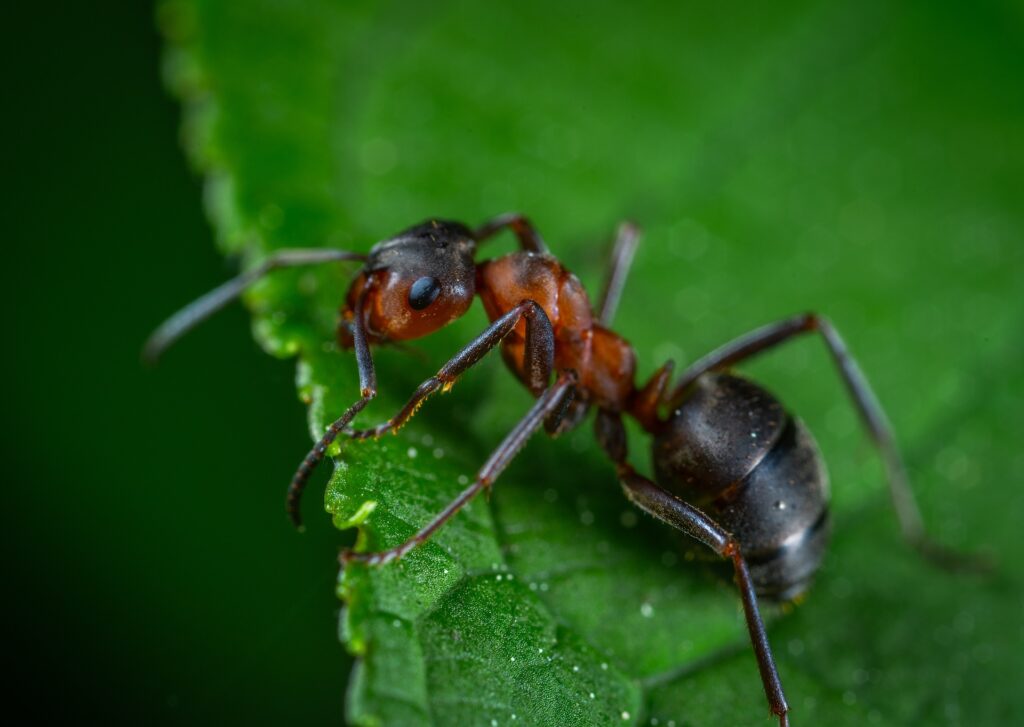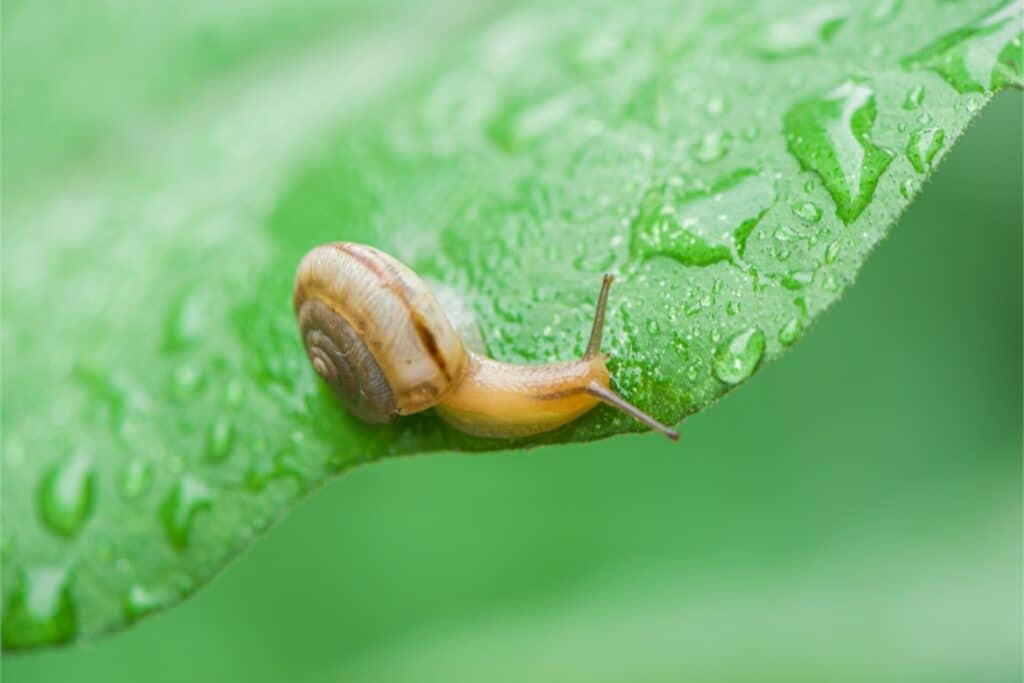Indoor pests are known to infest bags of flour, pasta, cereal, seeds, tea, spices, and sweets, like chocolate. An even more common target for hungry pests, however, is pet food. Not only is it a tasty and nutritious option for bugs, but it’s also often one of the most convenient food sources available in homes. It’s not uncommon for pet owners to leave bowls of food lying around for their pets to eat throughout the day, which practically begs bugs to come indoors. It may come as a shock to some owners, but many of these sneaky bugs can even infiltrate unopened bags of pet food.
What Pests Are Attracted to Pet Food?
While the presence of some bugs in your pet’s food can be just a nuisance, other bugs pose the risk of transmitting harmful diseases and illnesses to you and your pets. To protect your dogs and cats from contaminated food, keep an eye out for the following pests.
Cockroaches
Because cockroaches are drawn toward dark, humid environments, these bugs often nest in kitchens, basements, and garages. In other words, areas where pet food is commonly stored. These insects won’t bite your furry friend, but they do carry dangerous bacteria on their bodies and in their saliva, which gets left behind after they’re done feeding on your pet’s kibble. If consumed, this bacteria can cause a minor allergic reaction in your dogs at best, and give them food poisoning at worst.
These bugs are one of the most indestructible pests found in homes, and when properly fed, they can live for a year or longer. Specifically, American cockroaches and German cockroaches frequent homes and apartments, especially those located in warmer areas of the country. These insects can be nearly impossible to get rid of without a professional’s help, so it’s best to implement preventive measures before an infestation occurs.
Indianmeal Moth
Measuring only ⅜ inch long, the presence of Indianmeal moths can go virtually undetected until your pet’s food is swarming with them. One adult indianmeal moth can lay up to 200 eggs at a time. Just the larvae feed on dried food products, but considering their size, they can cause significant damage to your pet’s food supply while going unnoticed by the human eye. If your dog or cat’s food is infested by indianmeal moths, silk webbing will line the top and sides of the container. These bugs are technically safe for your pets to eat, but even the hungriest of dogs may find food swarming with these moths unappealing.
Warehouse Beetles
Warehouse beetles don’t only enjoy feeding on pet food, they’ll also eat pet hair and animal by-products. Once a female warehouse beetle lays her eggs, of which she can lay 150 at a time, it only takes 34 days for the larvae to hatch and fully infest your pet’s dried food. Because these pests can be as small as 1/8 inch long, it can be very difficult to spot them and even more difficult to fully eliminate an infestation. Accidentally feeding your dog or cat food that has been contaminated by warehouse beetles may cause intestinal problems and irritate your pet’s respiratory system.
Grain Beetles
Measuring just 2 to 3 mm long, grain beetles are one of the smallest insects that feed on pet food. If you can see them, these insects are detectable by the saw-like projections that protrude from the top of their heads. Similar to warehouse beetles, you may not be able to spot a grain beetle infestation until it is too late.
Weevils
While weevils typically feed on wheat, pasta, and cereal, they may find their way into your home through packaged dog food. Unfortunately for homeowners, these pests usually can’t be prevented with cleanliness, as their larvae lives inside grains of rice or yes, even bits of dog food. These pests require humid environments to survive, so homeowners living in coastal areas should be more wary of weevils living in the kibble they buy at the store.
Protecting Your Pet’s Food
The only way to ensure pests don’t get into your pet’s food is to make sure it’s stored properly. Rolled up bags or cardboard boxes are easily infiltrated by hungry bugs. Even sealed, unopened bags of food are not safe from beetles and moths. As soon as you get a new bag of pet food, transfer it to an airtight plastic container and seal it with a heavy-duty lid.
You can also prevent bugs from finding leftover dog food by establishing a set feeding schedule for your pet. Feed them at the same time every day, and once they’re done, rinse the empty food bowl and sweep up any stray pieces. It may seem like overkill, but it beats the alternative of trying to rid your home of an insect infestation.
Grain Mites in Dog Food
Another concern for pet owners is the presence of grain mites in dog food. These tiny pests thrive in humid conditions and can quickly infiltrate even the most tightly sealed bags or containers. Although it may be difficult to detect them due to their size, grain mites can cause significant spoilage to dog food by contaminating it with their waste, potentially leading to stomach disorders in pets. Frequent inspection of your pet’s food for any signs of mites, along with proper storage methods, can help minimize risks associated with these pesky intruders.
An infestation in your pet’s food can pose health risks and be a downright nuisance. The best way to protect your home is to stay educated on the appearance and behavior of these annoying pests and keep all dry dog and cat food properly sealed. If your animal’s kibble has become privy to an infestation, don’t wait any longer. Give your local Aptive Pest Control pest control team a call to schedule a bug extermination.

